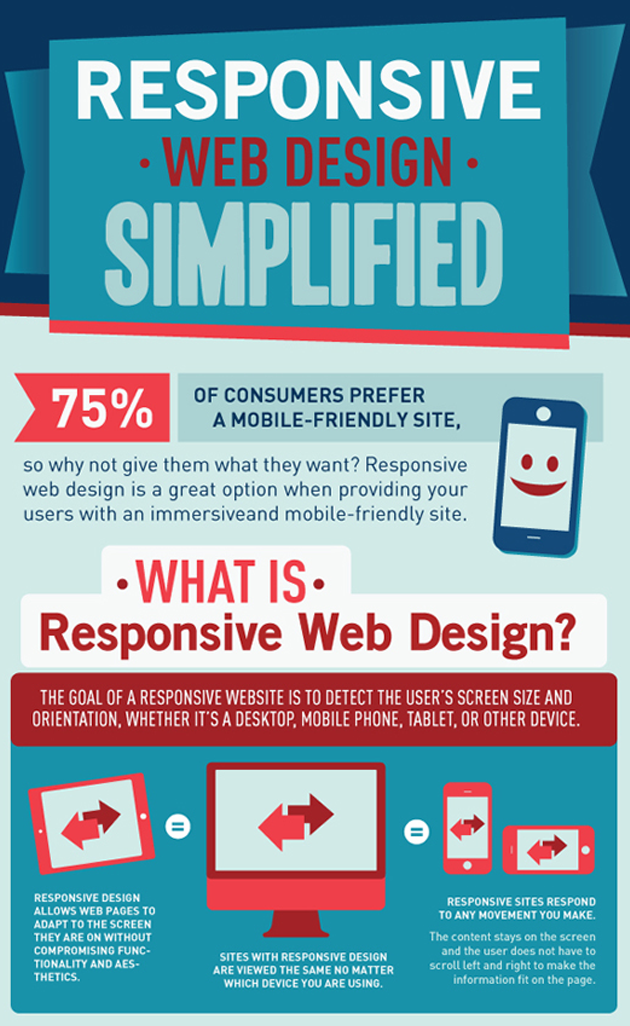Web Site Design Basics: Tips For Structure A User-Friendly Site
Web Site Design Basics: Tips For Structure A User-Friendly Site
Blog Article
Short Article Author-McKnight Daugaard
When it pertains to web site design, making certain user-friendliness is crucial. From receptive design to structured navigating, every element plays a critical duty in developing a website that satisfies your audience's needs. However what regarding the better information that can make or damage a user's browsing experience? Remain tuned as we reveal some often-overlooked tips that can raise your site's usability to the following degree, making it really stand out in the digital landscape.
Value of Responsive Design
Responsive style is an essential facet of modern-day internet site advancement. Ensuring your internet site is receptive ways that it can adapt to different display sizes and devices, offering a smooth experience for users.
With https://seoservice19753.yomoblog.com/37515101/top-search-engine-optimization-techniques-ways-to-attain-higher-rankings-than-your-competitors increasing use of smartphones and tablets to access the net, having a receptive layout is necessary for reaching a bigger target market. It helps in improving individual experience by making your website simple to navigate and continue reading any tool.
In addition, receptive design can favorably influence your internet search engine positions, as internet search engine like Google prioritize mobile-friendly sites. By having a responsive design, you're also future-proofing your internet site, as new gadgets with varying display sizes remain to emerge.
Simplify Navigating Structure
To boost customer experience and assist in simple accessibility to info on your site, streamlining the navigation structure is paramount. When creating your site, concentrate on creating a clear and instinctive navigating menu that helps site visitors locate what they're searching for quickly.
Limit seo optimization online of menu items to the basics, grouping associated web pages with each other to prevent frustrating users. Usage detailed tags that clearly show the material of each web page, making it less complicated for customers to recognize where each link will take them.
Think about executing dropdown menus for subcategories to prevent littering the major navigation bar. Furthermore, include a search bar plainly on the page for users that favor searching for details info.
professional website design in your navigation design to make certain easy access on all devices.
Enhance Page Lots Rate
Improving page lots speed is important for retaining visitors on your site. Slow-loading pages irritate users and can result in high bounce rates. To maximize web page tons speed, beginning by enhancing pictures. Compress images without endangering top quality to decrease their file dimensions.
In addition, make it possible for browser caching to store frequently accessed resources locally, speeding up tons times for returning visitors. Minify CSS, JavaScript, and HTML documents by removing unneeded personalities, comments, and format, boosting tons rate.
Think about using a content delivery network (CDN) to distribute your web site's content throughout numerous servers worldwide, reducing latency for customers accessing your website from various locations. Last but not least, limit using third-party manuscripts and plugins, as they can significantly affect lots times.
Conclusion
To conclude, by including responsive style, streamlining navigation, and maximizing page lots rate, you can create an easy to use site that appeals to a bigger audience and improves user experience. These essential elements make sure that site visitors can quickly accessibility and navigate your website across different tools, leading to increased engagement and complete satisfaction. By concentrating on these key facets, you can construct a successful web site that maintains individuals returning for even more.
